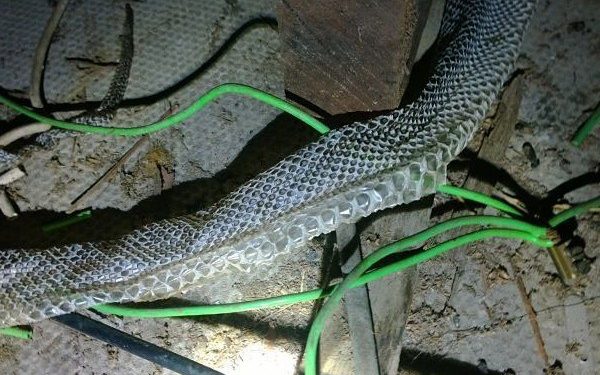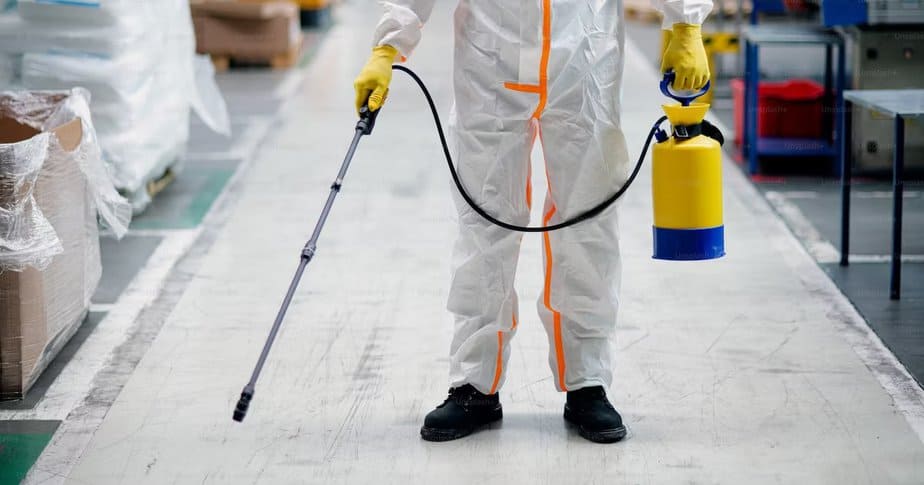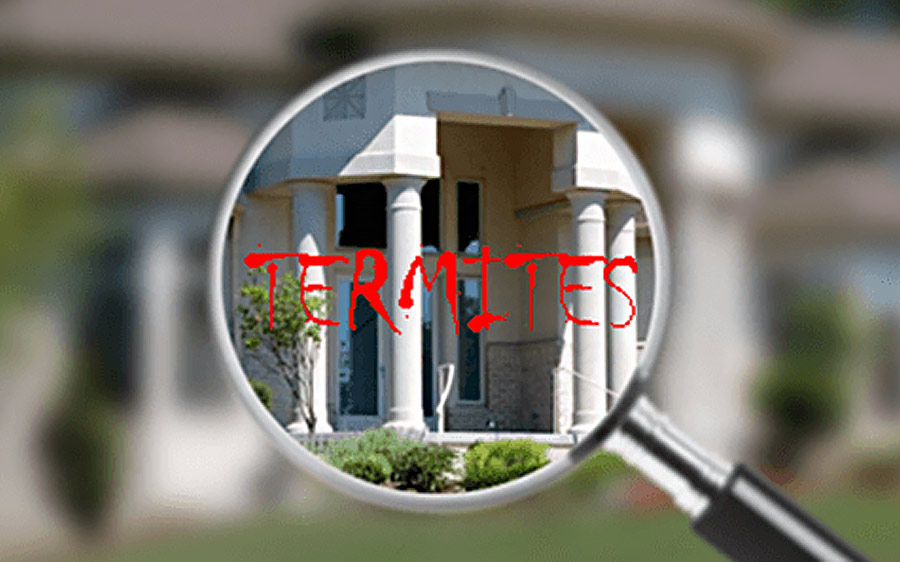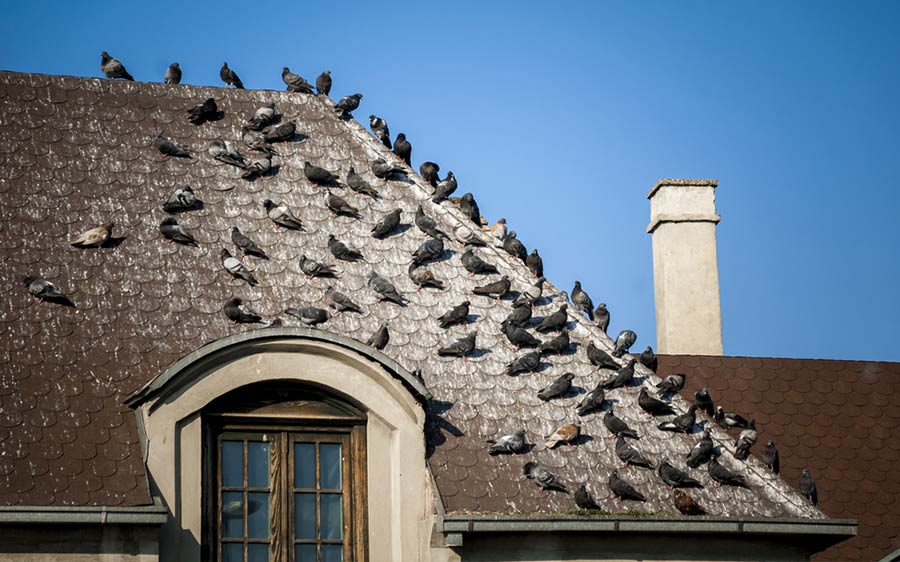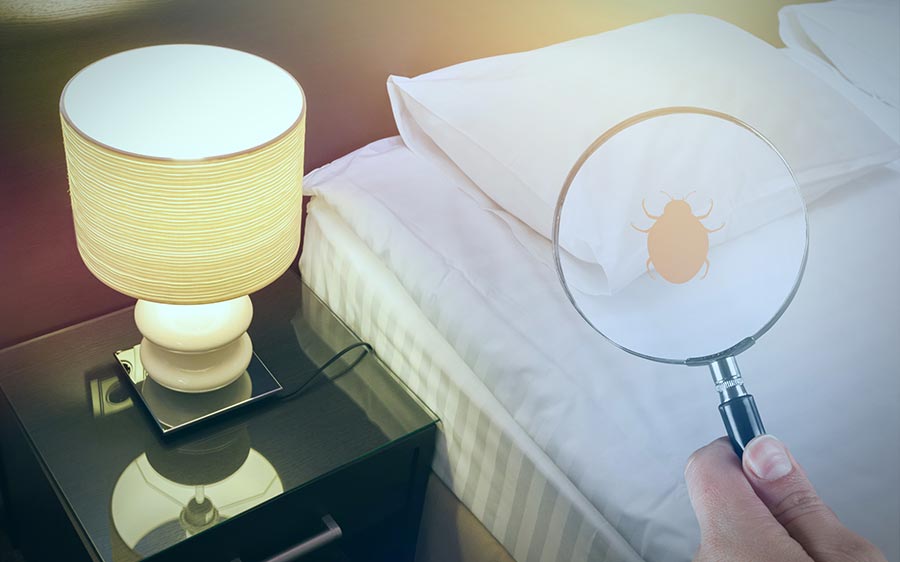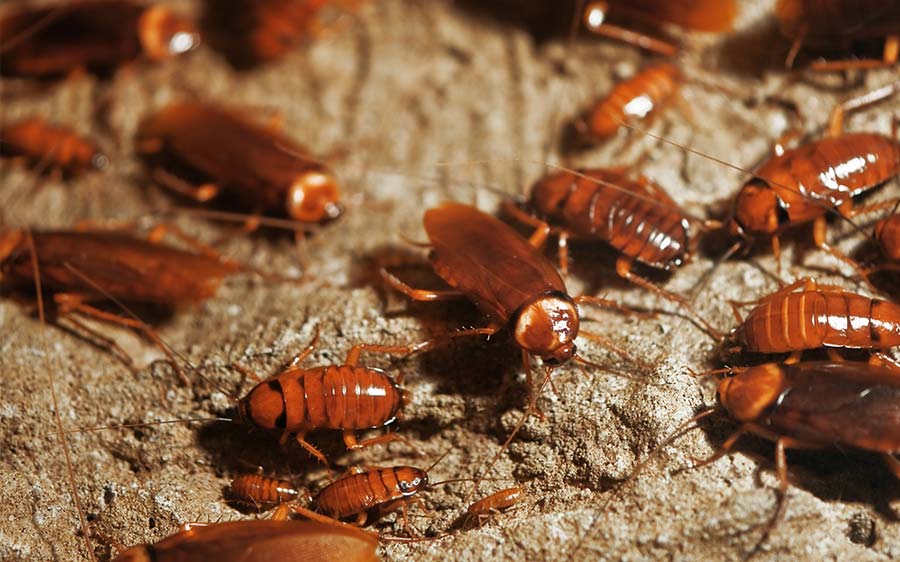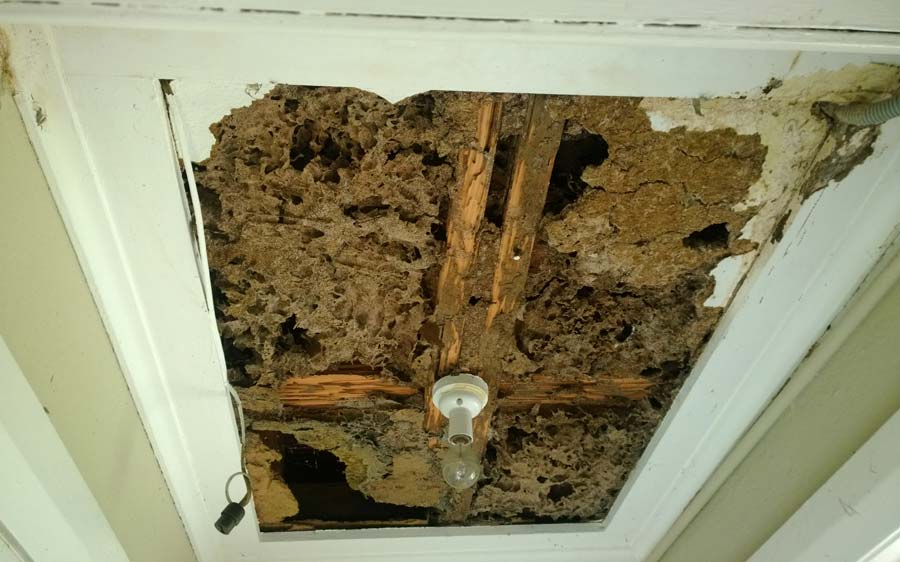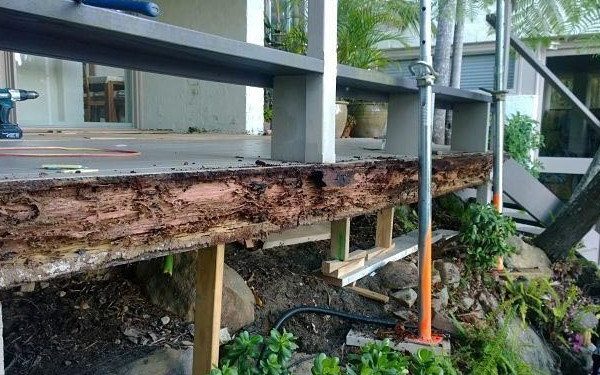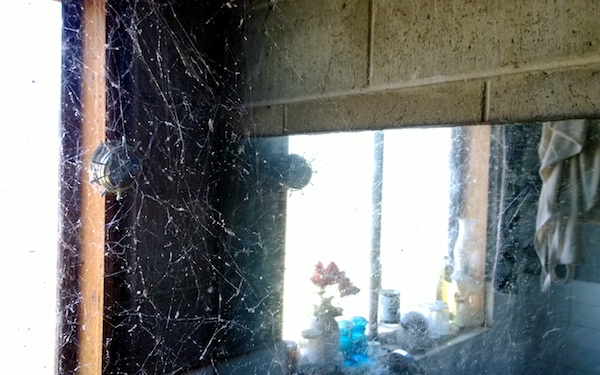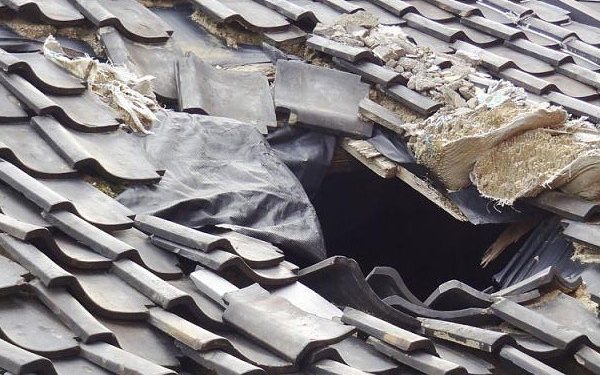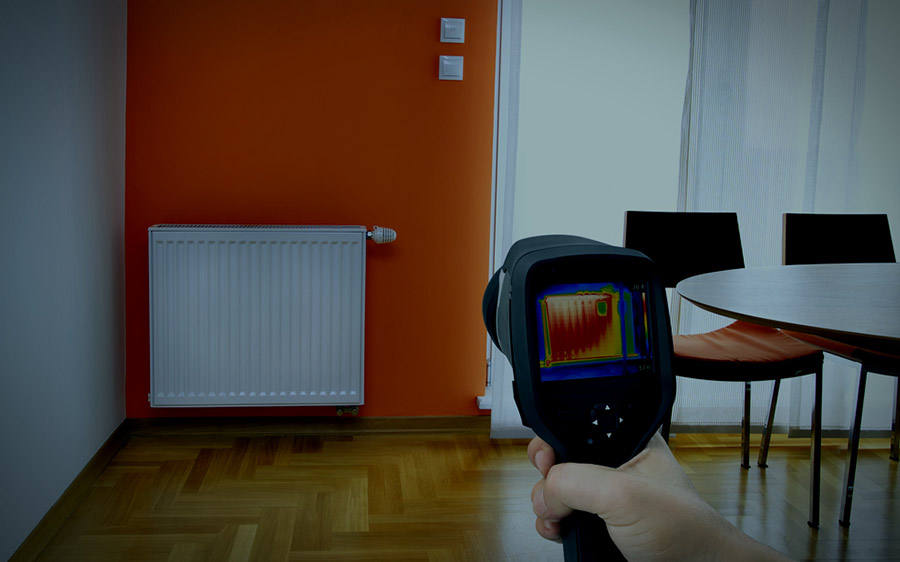
A thermal imaging termite inspection is among the latest technologies pest control professionals can use to detect these destructive pests. However, thermal imaging technology is not a stand-alone tool; it also requires the experienced eye of a technician very familiar with both the habits of termites and thermal imaging techniques.
Detecting Termites is Not Always Easy
Termites are a hidden threat to your home; they generally get into the structural wood by tunneling in from the outside. In a matter of a few short months, a significant termite colony could be slowing eating away at your house.
By their nature, termites can remain hidden for a long time; they avoid the light and make their home in the dark, damp areas inside your floors, walls, and roof. Also, termites need a temperature-controlled environment, and may create one by gathering in large groups. They may also congregate in warmer regions of your home, such as around electrical wiring, hot water pipes, or the kitchen. A thermal imaging termite inspection can detect these heat patterns.
What is Thermal Imaging?
Thermal imaging termite detection uses infrared technology; the presence of termites can be detected by sensing unusual heat signatures. The thermal imaging inspection is performed using an infra-red camera. The various heat patterns can indicate to the inspector the possible presence of termites.
However, you might be thinking, insects are cold-blooded, so how do they generate heat? When termites feed on wood, heat is produced. Also, termites have gut bacteria to help them with digestion, and the process of digestion generates heat. These subtle sources of heat can be detected with thermal imaging.
Finding the Termites in Your Home
If you have seen the signs of termites in and around your home, there’s a good chance there is an active colony nesting somewhere within your walls, floor, or roof. To find out exactly where they are hiding is the next step.
Traditionally, a termite professional would use a tool to tap along the walls and floor, listening for a hollow sound; those hollow areas are where the termites have eaten out the wood. The next step would be to pull off the plasterboard to see if there are indeed termites behind the wall. As you can imagine, that can be not only messy, but also it can disturb termites. On the other hand, a thermal imaging termite inspection can possibly verify the presence of termites without first tearing up the wall.
How a Thermal Imaging Termite Inspection Works
Thermal imaging does not actually “see” the termites, but rather, the heat generated by a large number of the pests gathered together. Furthermore, thermal imaging to detect termites often works best in conjunction with a moisture meter. Damp areas are where the termites like to congregate.
To find the areas infested with termites, the inspector will scan the walls and ceiling of the house to check the heat signature. Typically, the heat is pretty uniform, but areas that are colder or warmer indicate something could be wrong. A cold area could indicate a hollowed out portion of wood, while a warmer area could indicate the nest of termites. However, warmer surface could also indicate a hot water pipe or an electrical problem. In any case, areas with an unusual heat signature should be inspected further.
Termite detection technology is constantly advancing, and there are now inspection tools that combine both thermal imaging and moisture detection with radar; the radar can sense movement. Movement is a dead giveaway that termites are behind the elevated moisture and heat levels.
Termites can cause many thousands of dollars’ worth of damage to your home. If you suspect that your home is infested with termites, do not hesitate to call a professional for a thermal imaging inspection.
